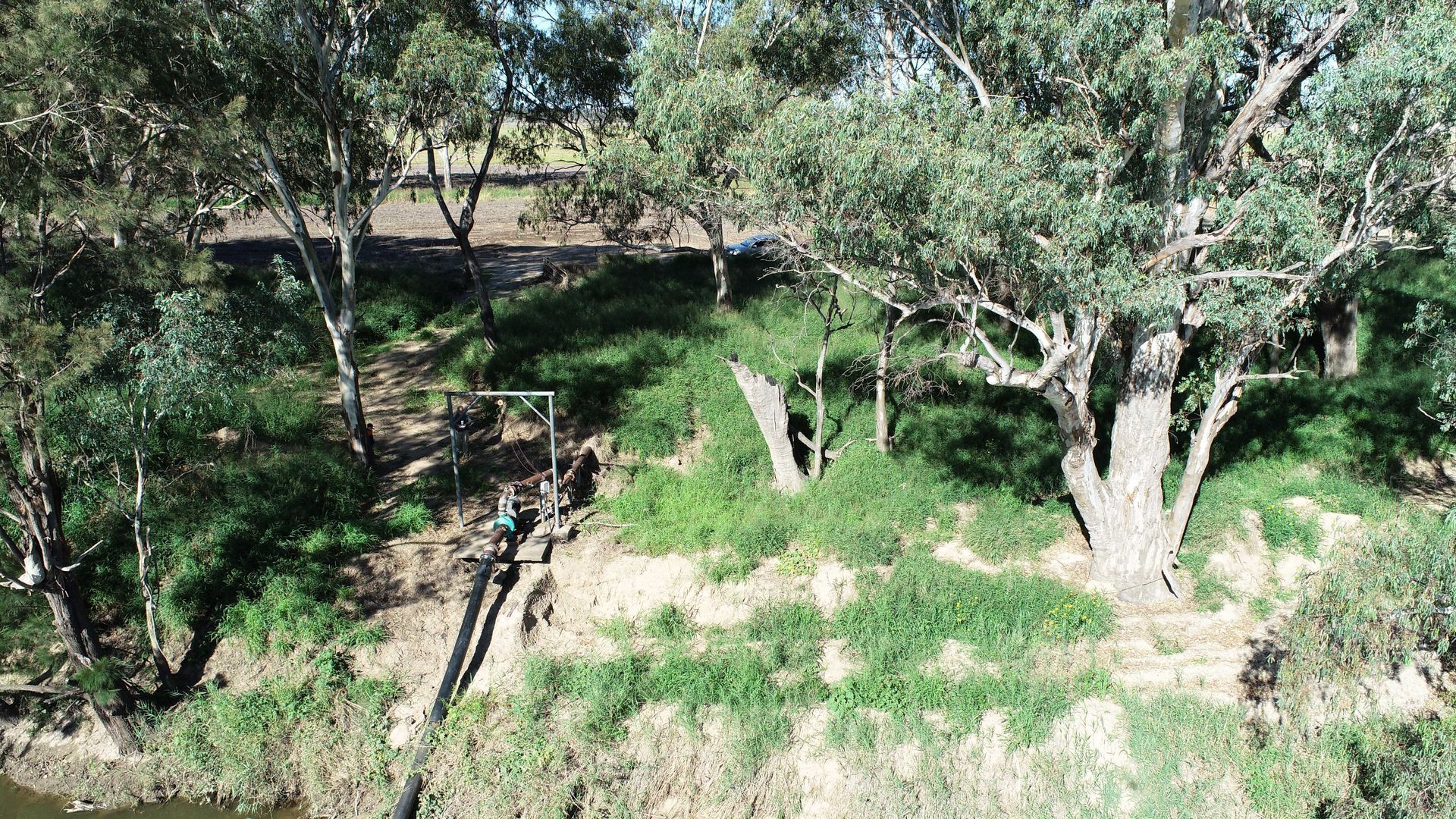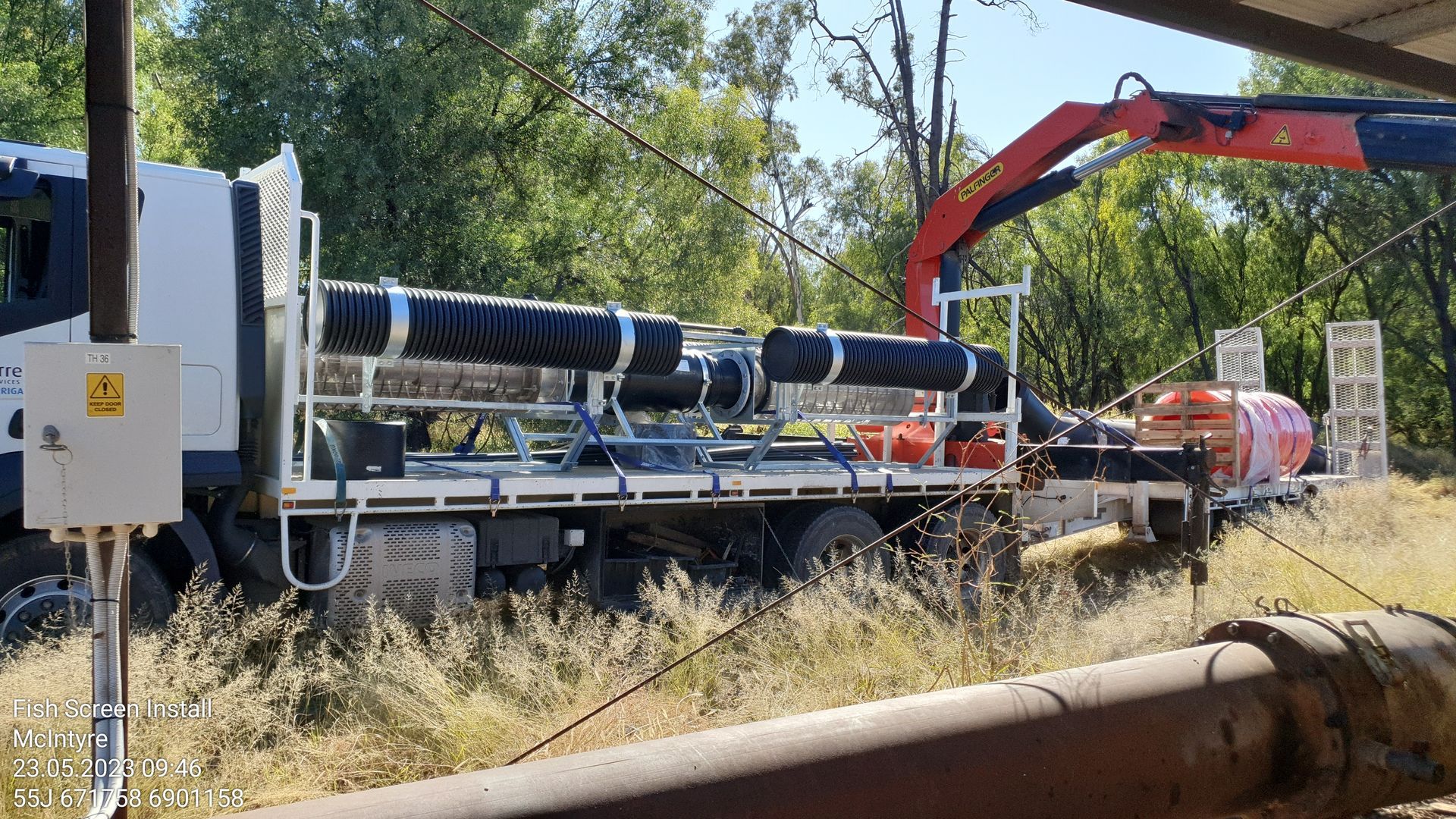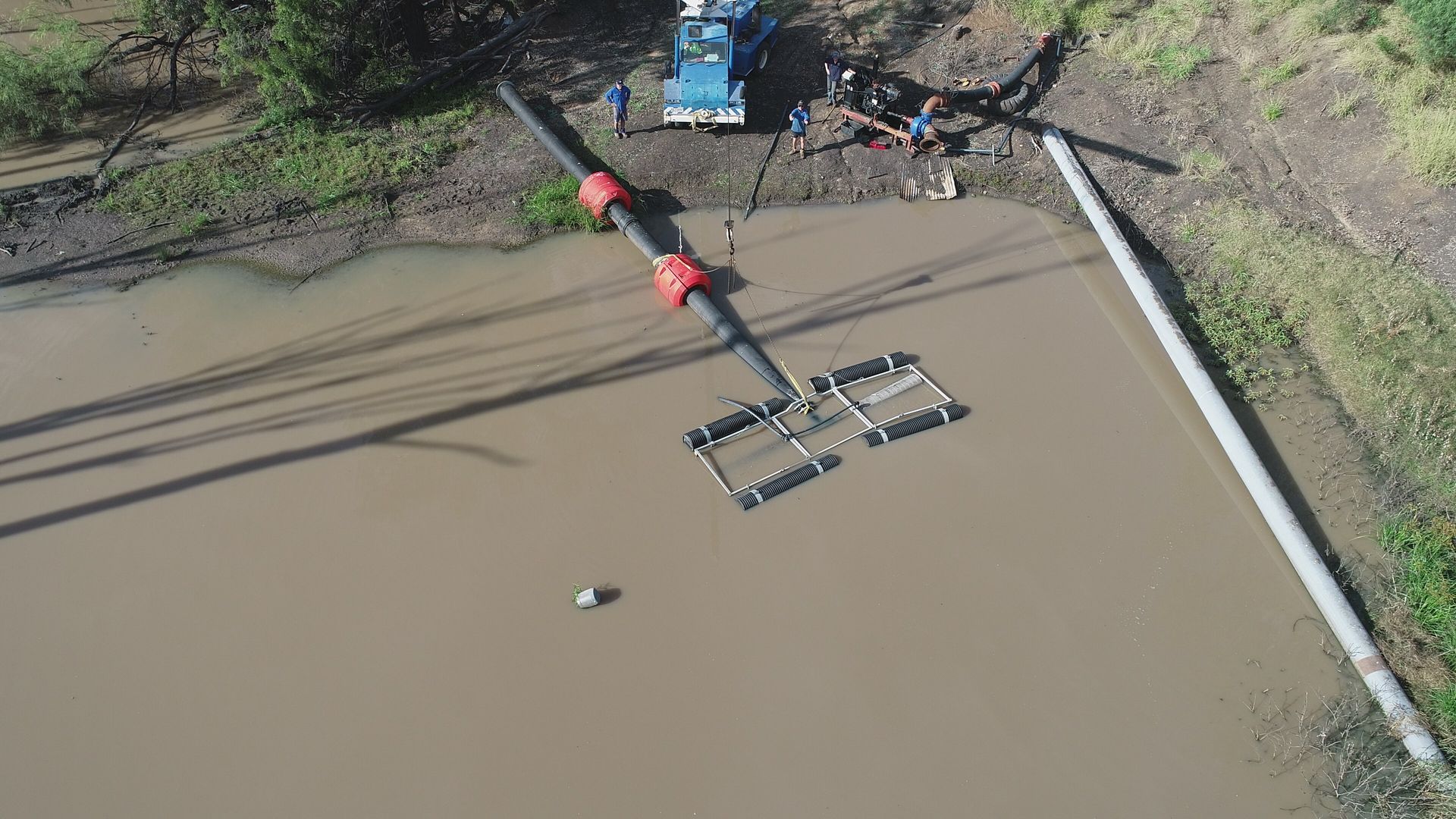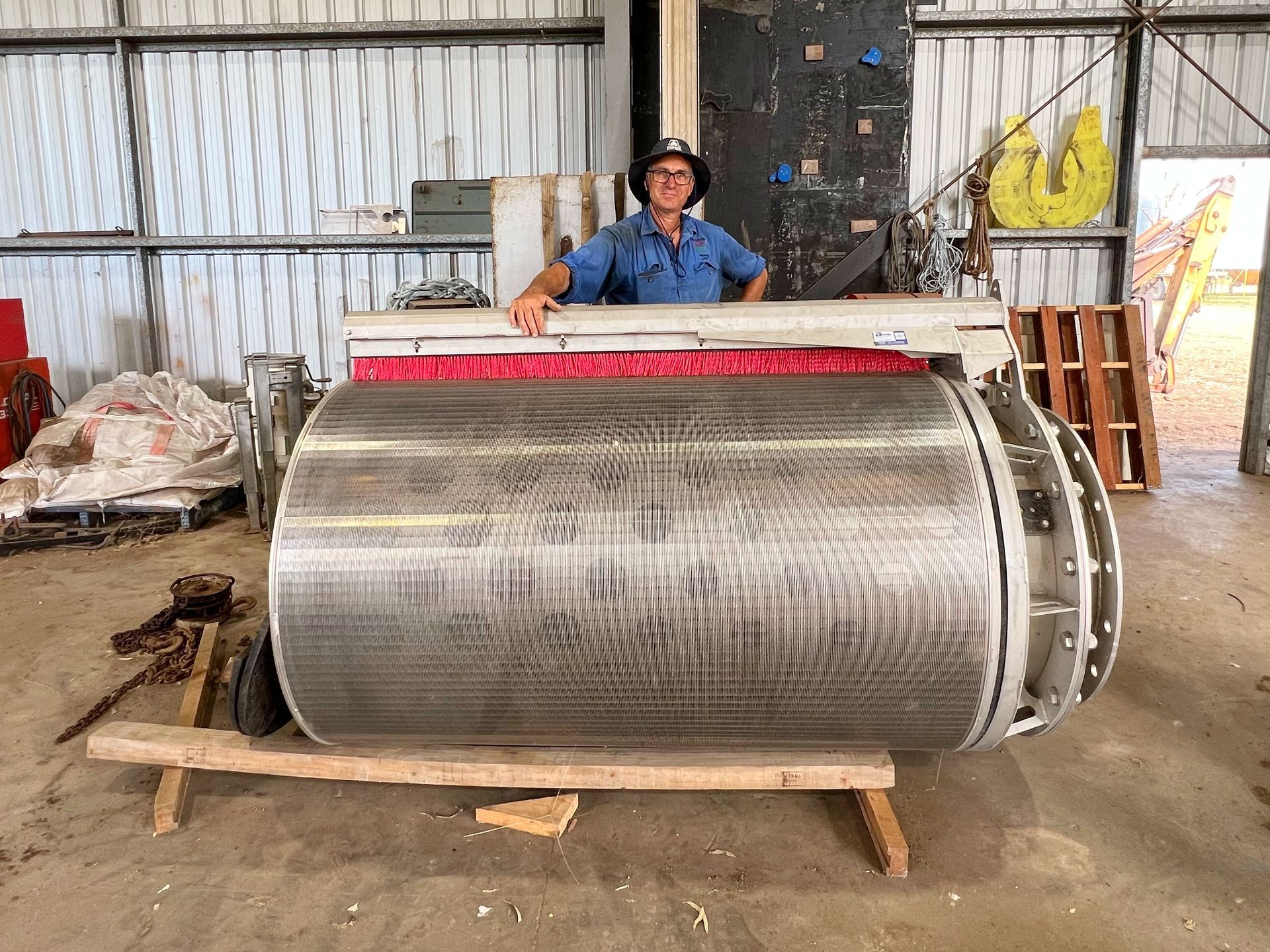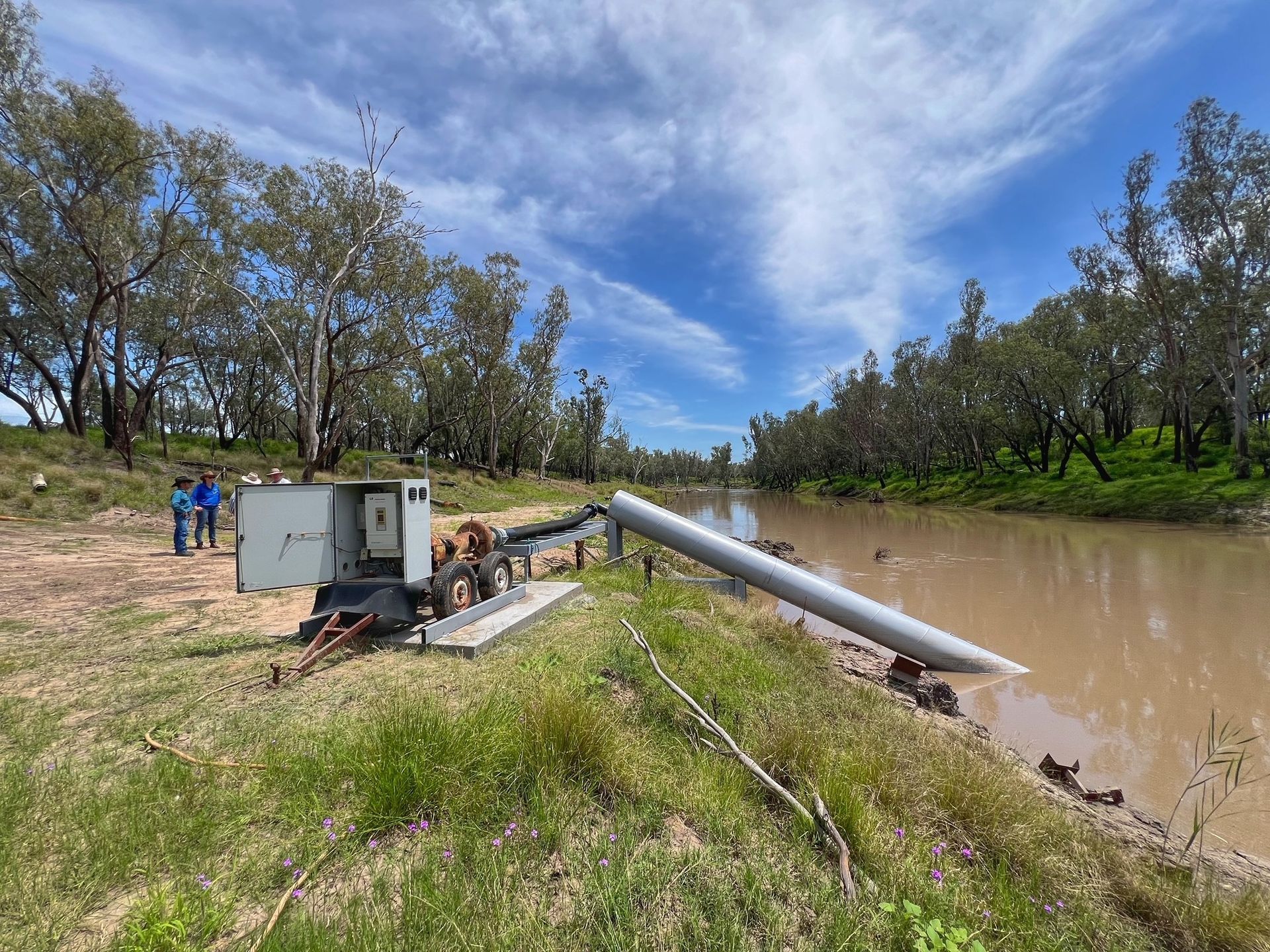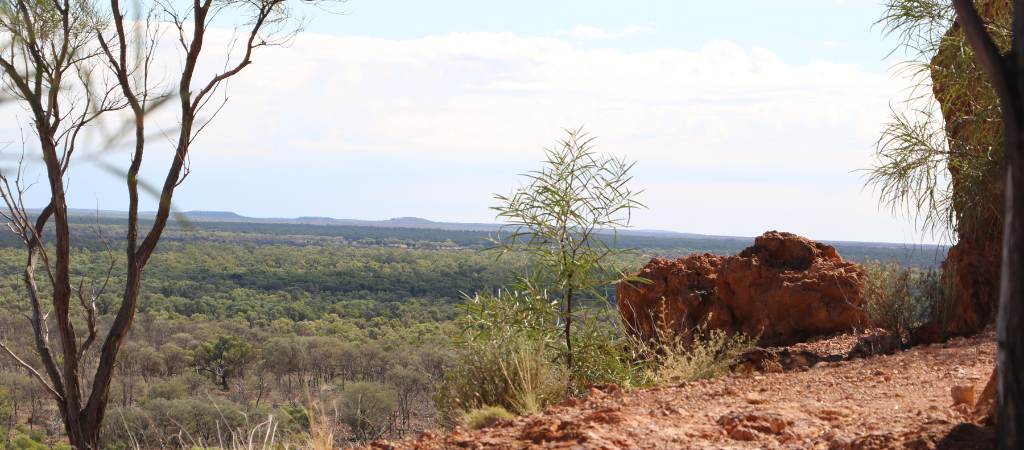Blog Layout
Wallumba Feedlot, Wieambilla Qld
Southern Queensland Landscapes, as part of the Fish Friendly Water Extraction Project, recently installed a cylindrical fish screen on the property
Nangram, part of the Wallumba Feedlot.
Nangram
is located on the Condamine River and is made up of nine irrigated centre pivots. As well as providing forage sorghum grazing to background cattle for the feedlot,
Nangram also grows all the silage to be used at Wallumba Feedlot.
Wallumba Feedlot operations embrace the principles of ecologically sustainable land management. They recognise that a healthy, diverse and resilient landscape is essential if beef production is to remain viable in Australia.
Though testing is in its early stages, the screen has already demonstrated its ability to protect native fish and prevent debris from entering the pump. Monitoring is being undertaken by Redleaf Environmental.
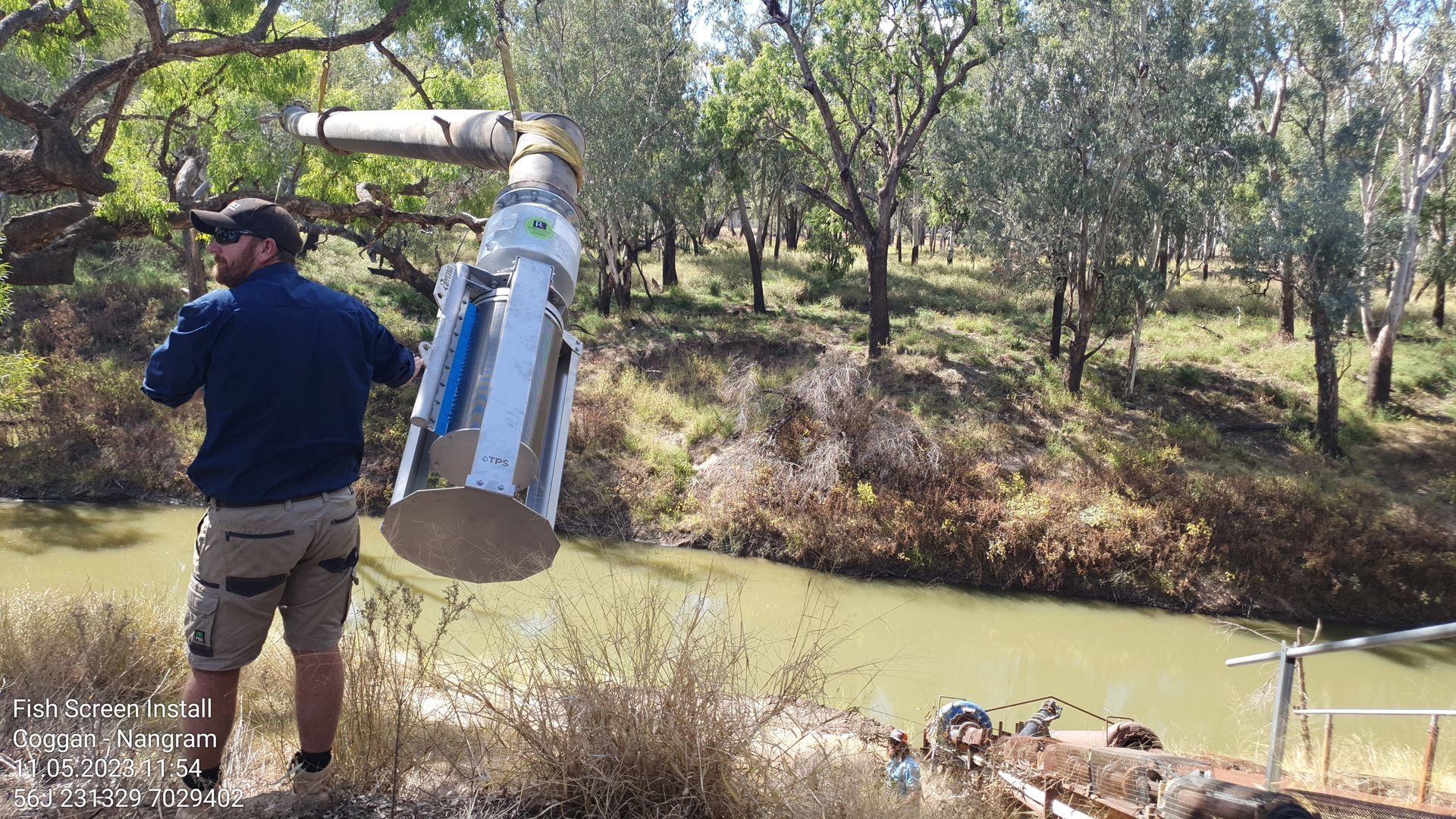
The Filter Installation
- One AWMA-manufactured fish screen was fitted to the current irrigation system.
- The screen is self-cleaning, driven via an internal propeller that rotates as water is pumped through the suction line.
- Internal and external brushes ensure that the screen remains clean, and any entrained debris is returned to the river.
Why This Matters for Farmers:
- Protecting Fish Populations → Ensures native species thrive while maintaining biodiversity.
- Reducing Infrastructure Maintenance → Fish screens help prevent debris blockages and extend the life of pumps.
- Regulatory and Financial Advantages → Demonstrating environmental responsibility could support water license security and financial incentives from institutions.

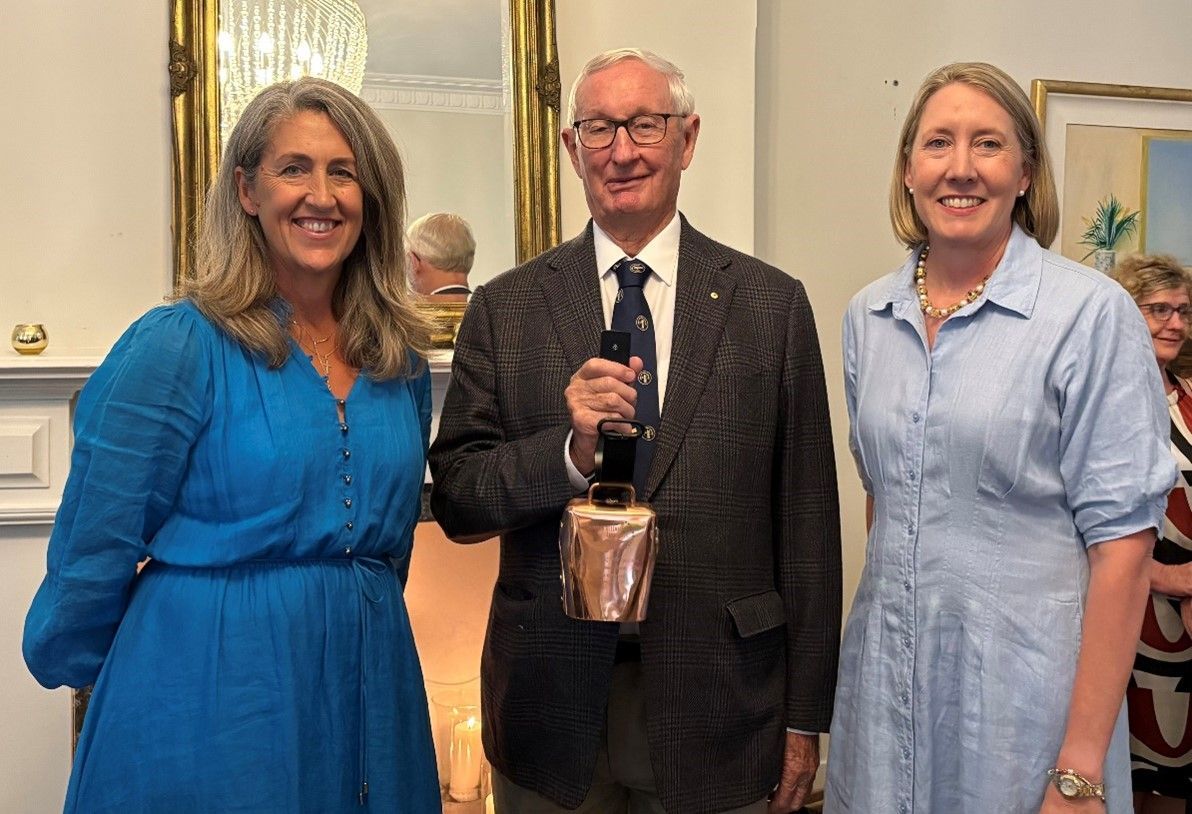
7 March 2025
Southern Queensland Landscapes is seeking an experienced and influential Board Chair to lead a multi-skilled Board in managing natural resources across Southern Queensland. This is a 3-year remunerated role based in Toowoomba, QLD, with the flexibility to manage from anywhere in Southern QLD. The ideal candidate will bring: • Substantial experience leading diverse Boards • Strong relationship-building and leadership skills • Expertise in environmental and agricultural matters This role is an opportunity to shape the future of natural resource management, working closely with land managers, community leaders, and industry professionals. Are you ready to make an enduring impact? For more details and to apply, visit www.windsor-group.com.au/job/board-chair-natural-resources-peak-body or contact Mike Conroy at apply@windsor-group.com.au.
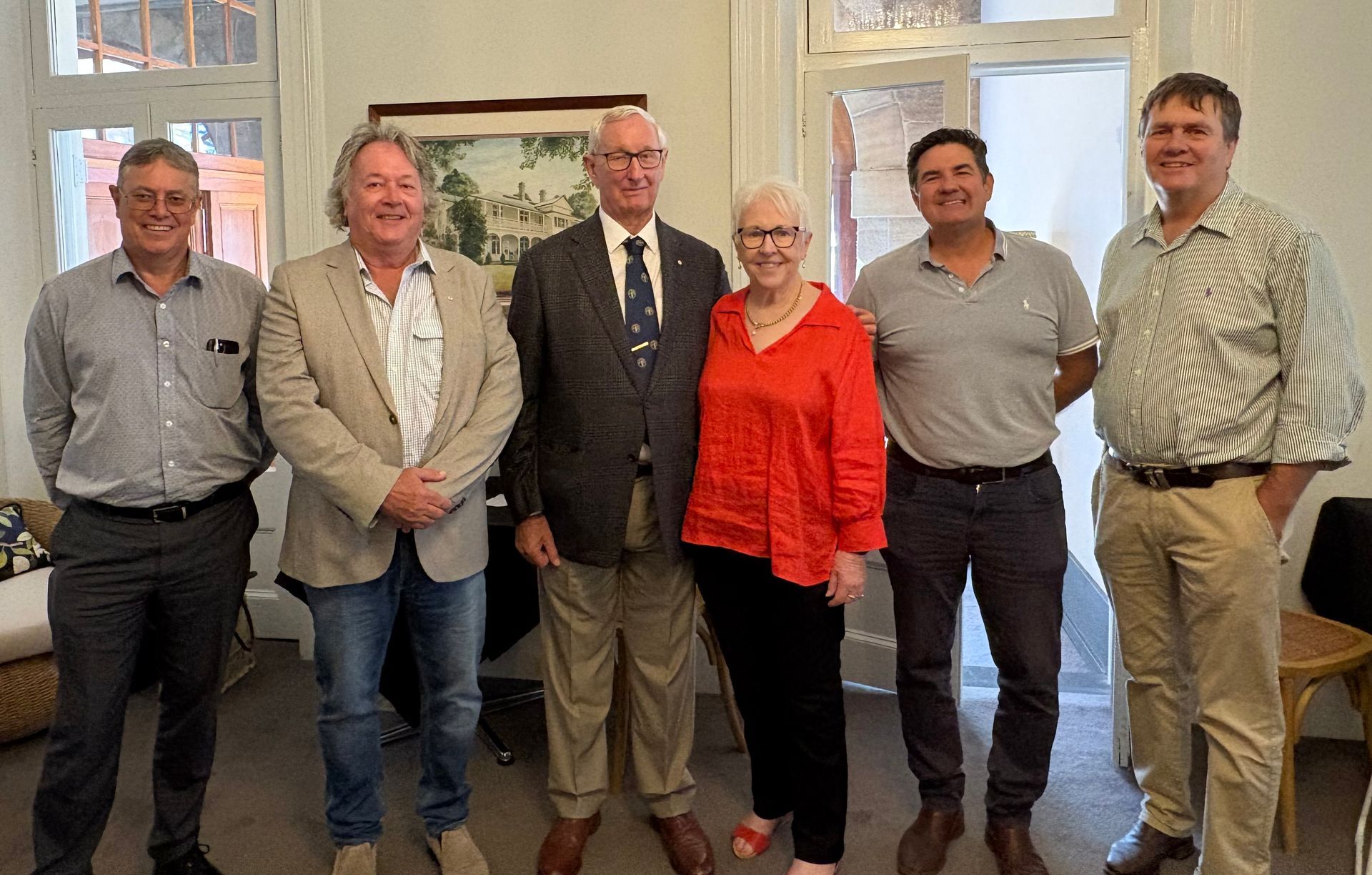
3 March 2025
This week marked the final Board meeting for retiring Southern Queensland Landscape Chair, The Hon Bruce Scott AM. The Southern Queensland Landscapes Board hosted a function at Gip’s restaurant in Toowoomba, joined by past Directors, industry stakeholders and the Southern Queensland Landscapes Management team, where Bruce was warmly acknowledged and thanked. Bruce offered special thanks to his dear wife Joan for her support during his period of service to Southern Queensland Landscapes, in particular the warm country hospitality she has offered to many visitors to Roma. Bruce also recognised and thanked Southern Queensland Landscapes Company Secretary Pam Murphy, who has supported Bruce in his service to Southern Queensland Landscapes since the organisation’s inception.
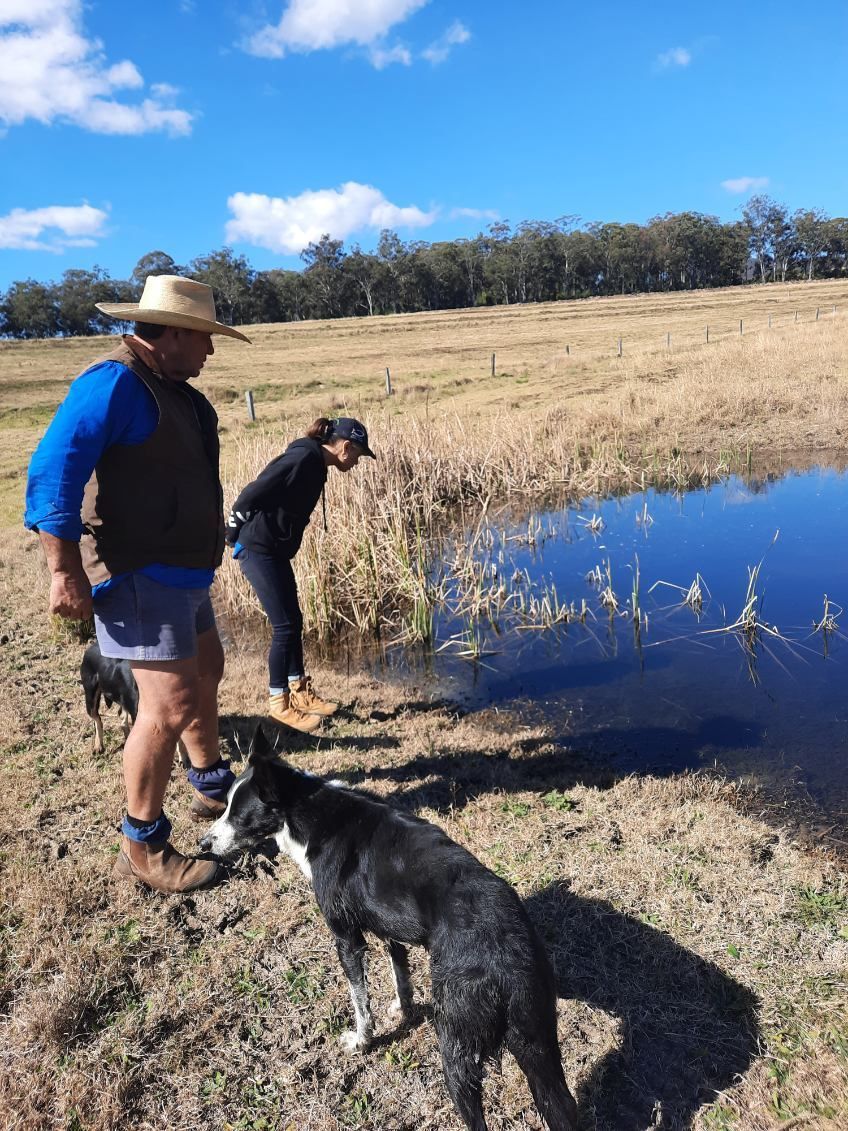
25 September 2024
The Condamine Headwaters, a critical ecosystem in Southern Queensland, has long faced threats from sedimentation, habitat degradation, and thermal regime changes. The Blackfish Project, dedicated to reversing these impacts, unites scientists, landowners, and the community in a shared mission to restore and protect this vital environment. At its core lies the river blackfish, a sensitive indicator of the overall ecosystem health. Central to the project's success is the unwavering commitment of landowners like Paul Graham. Inspired by the project's vision, Paul reached out to SQ Landscapes seeking support for a solar pump and tank to divert his cattle away from waterways on his property. Paul's deep-rooted love for his land, captured in his humorous quip "I love my land more than I love my wife," is a testament to the powerful connection between people and place that drives conservation efforts.
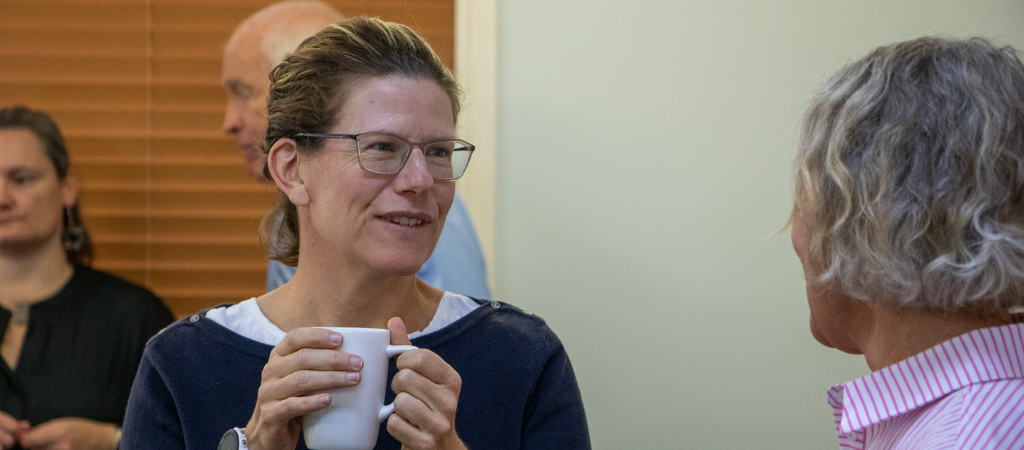
by Caleb Back
•
31 October 2023
The Board of Southern Queensland Landscapes recently met in Toowoomba. In addition to the Board meeting, Board and Executive worked through updating SQ Landscapes’ strategy. Company Secretary Pam Murphy highlighted the importance of the latest Board meeting and what it means for the company’s future. “The updated strategy will help SQ Landscapes deliver sustainable natural resource management (NRM) outcomes that improve the lives of people in regional communities now and for the future,” Pam Murphy said. “We’re excited to continue delivering value for our region and build Flourishing Landscapes and Healthy Communities across Southern Queensland under the guidance of the Board,” Mrs Murphy said.
CONTACT
EMAIL: admin@sqlandscapes.org.au
ADDRESS:
Toowoomba - 266 Margaret St. QLD 4350
Roma - 21 Major St. QLD 4455
Charleville - 92 Alfred Street. QLD 4470
St George - 1/11 Grey Street. QLD 4487
BUSINESS HOURS:
Monday - Friday: 8:30am - 5:00pm
Weekends and Public Holidays: Closed
CONNECT
LOCATIONS
All Locations
LIST
MAP
- 266 Margaret St, Toowoomba City QLD 4350, Australia 266 Margaret St, Toowoomba City QLD 4350, Australia
- 21A Major St, Roma QLD 4455, Australia 21A Major St, Roma QLD 4455, Australia
- Park St, Charleville QLD 4470, Australia 92 Alfred St, Charleville QLD 4470, Australia
- 48 Stockyard St. QLD 4490. Cunnamulla, 48 Stockyard St, 4490, QLD, Australia
- 1/11 Grey Street. QLD 4487 11 Grey St, St George QLD 4487, Australia
© Copyright 2024 | All Rights Reserved | Southern Queensland Landscapes
| Web Design by ACM Digital

